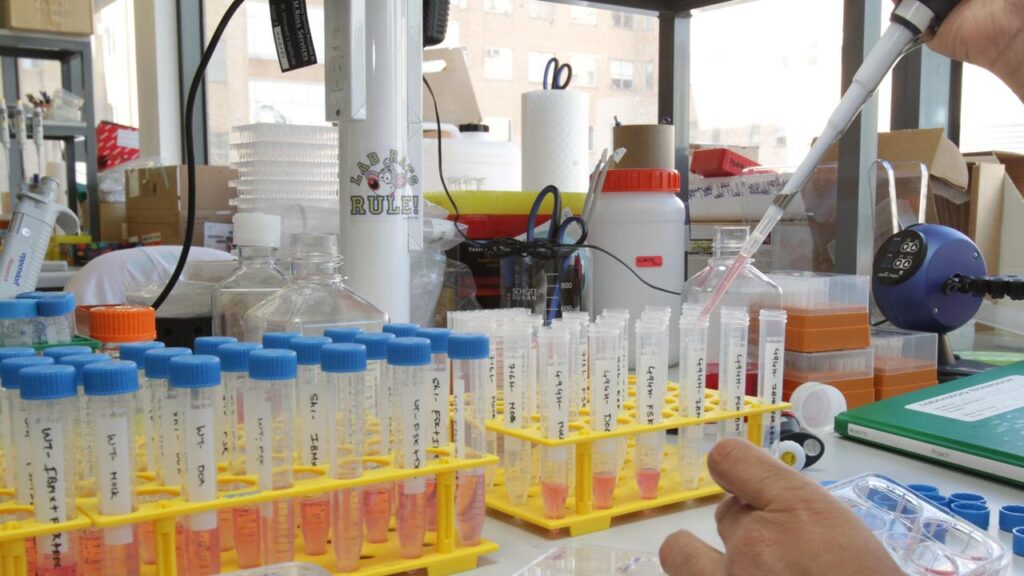Scientists turn to AI to crack the green ammonia riddle
Jennifer Dudley-Nicholson |

Australian scientists have developed a way to cut emissions from a major source of greenhouse gas and they turned to artificial intelligence to make it happen.
Researchers at the UNSW Sydney revealed on Thursday they had discovered a catalyst to make the production of green ammonia more efficient with help from AI.
When deployed in the real world, they say, the breakthrough could allow farmers to create ammonia on their properties in compact systems.
Ammonia is a key ingredient in fertiliser and can also be used to transport hydrogen but its production is responsible for two per cent of the world’s greenhouse gases due to the high amounts of energy and heat required.
In 2021, UNSW researchers discovered a method of making green ammonia using air, water and renewable electricity, but they wanted to discover a new catalyst that could make its production more efficient and use lower temperatures.

Thirteen metals were identified as having properties that could be useful as a catalyst, UNSW chemistry senior lecturer Dr Ali Jalili said, but the potential combinations of those metals totalled more than 8000.
Rather than conducting thousands of experiments, the team used a machine-learning system and trained it to spot the reaction required.
The AI model identified 28 potential combinations for the research team to investigate, with the results published in the scientific journal Small.
“AI drastically reduced discovery time and resources, replacing thousands of trial-and-error experiments,” he said.
“Having a shortlist of 28 different combinations of metals meant we saved a huge amount of time in lab work compared to if we’d had to test all 8000 of them, which was simply not possible.”
The final catalyst – a combination of nickel, iron, bismuth, tin and zinc – could produce ammonia at 25C, or less than 10 per cent of the temperature required using the traditional production method.

If proven in real-world trials, Dr Jalili said farmers may be able to produce ammonia for fertiliser on site in compact ammonia modules about the size of a shipping container.
“This low-temperature, high-efficiency approach makes green ammonia production viable and scalable,” he said.
“We believe it can compete directly with electrified Haber-Bosch and even fossil-based routes, creating a realistic pathway for truly green ammonia.”
Ammonia can also be used to store and transport hydrogen and its lower carbon production could “open opportunities that align with the global shift to a clean hydrogen economy,” Dr Jalili said.
A CSIRO report into green ammonia production found decarbonising its production could have a significant impact on climate change, though it noted safety would be a challenge due to its toxic nature.
AAP


